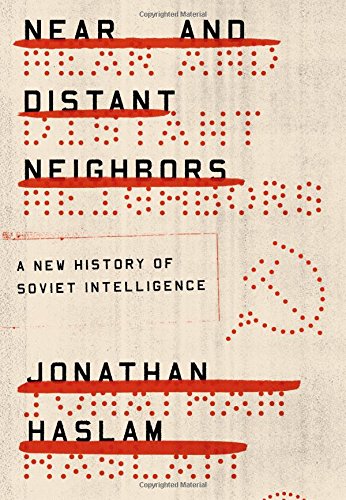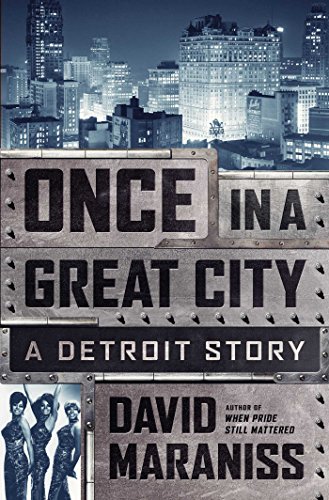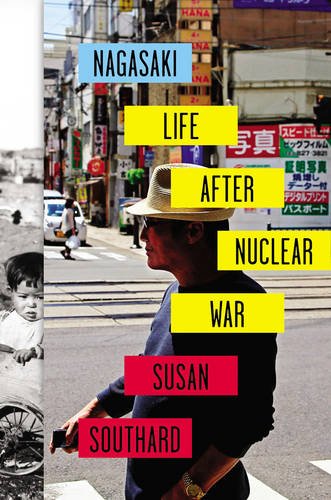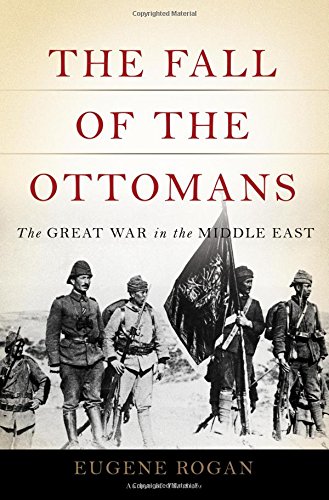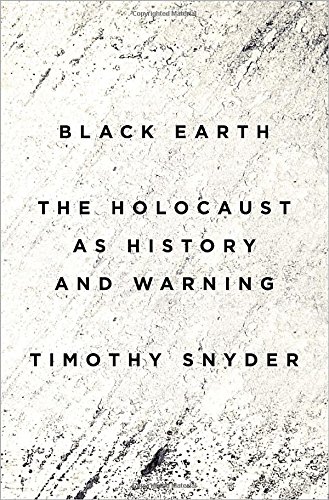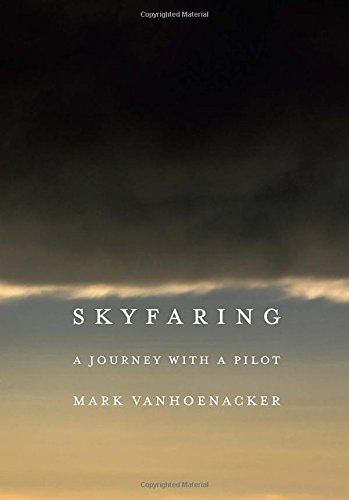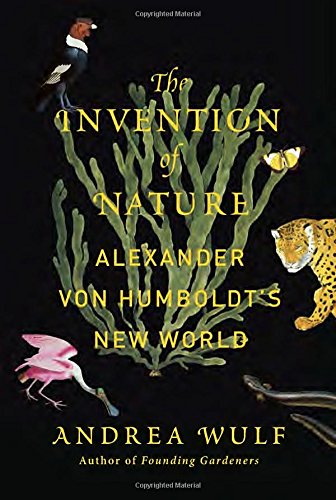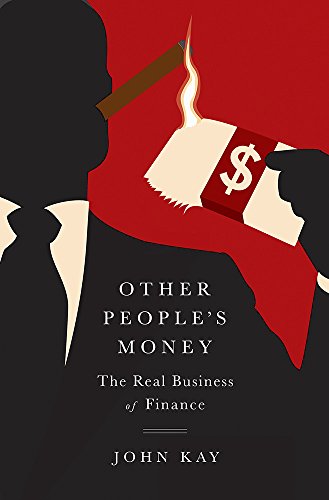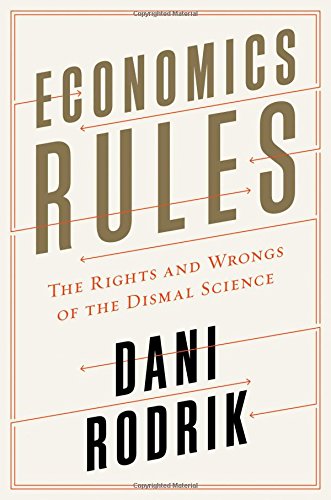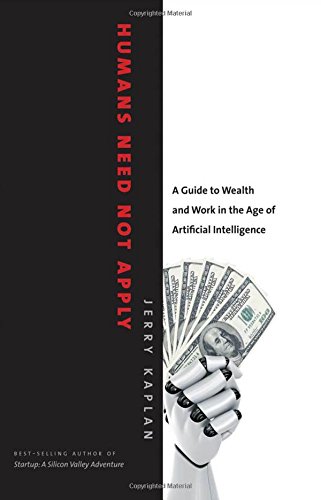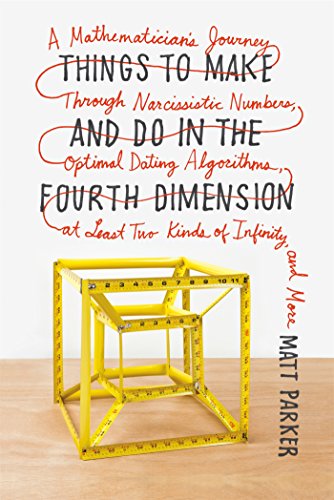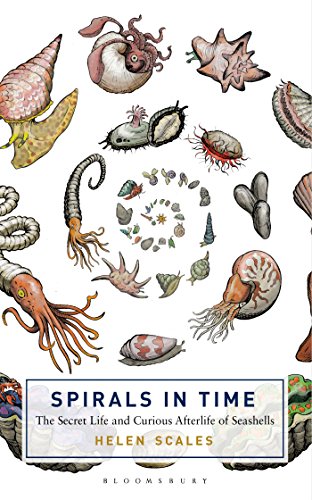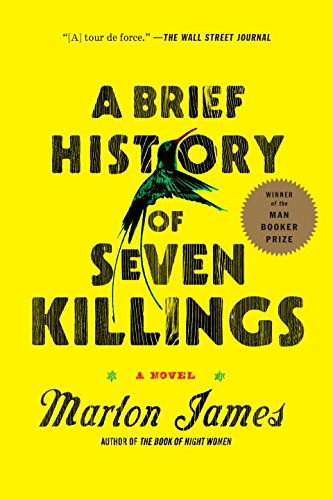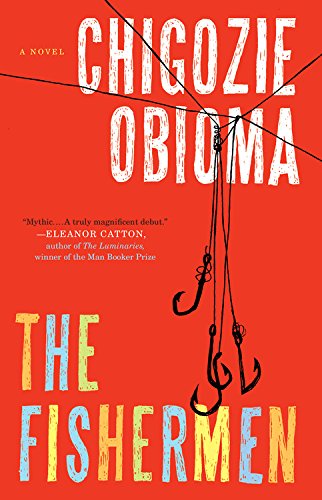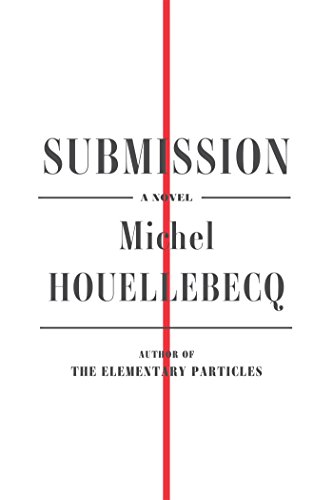
《经济学家》2015年最佳图书
参考:《经济学家》年度最佳图书:2011;2012;2013;2014;2016;2017;2018。
The best books this year are about North Korea, Detroit, Nagasaki and being a pilot
Politics and current affairs
Near and Distant Neighbours: A New History of Soviet Intelligence. By Jonathan Haslam. Oxford University Press; 400 pages; £20
A detailed appraisal of how the Soviet Union handled undercover operations from the communist revolution in 1917 until the end of the cold war. The most gripping chapters focus on the chaos that was unleashed by Josef Stalin.
Our Kids: The American Dream in Crisis. By Robert Putnam. Simon & Schuster; 386 pages; $28 and £18.99
The most important divide in America today is class, not race, and the place where it matters most is in the home. In a thoughtful and persuasive book, the former dean of Harvard’s Kennedy School of Government analyses the growing gulf between how the rich and the poor raise their children, adding a liberal voice to long-standing conservative complaints about family breakdown.
North Korea Confidential: Private Markets, Fashion Trends, Prison Camps, Dissenters and Defectors. By Daniel Tudor and James Pearson. Tuttle; 224 pages; $19.95
Two knowledgeable journalists offer a bird’s-eye view of everyday life that teases out how the famine of the 1990s prompted unexpected change in the attitudes, governance and lives of ordinary North Koreans, giving the lie to the simplistic view that Koreans are a homogenous people under the thumb of a power-crazed dictator.

Ghettoside: Investigating a Homicide Epidemic. By Jill Leovy. Spiegel & Grau; 384 pages; $28. Vintage; £16.99
Black men are still dying at alarming rates in the toughest urban pockets even though, overall, America’s murder rate is down. A study of one neighbourhood in Los Angeles has the power to change how people think about policing in America.
Once in a Great City: A Detroit Story. By David Maraniss. Simon & Schuster; 464 pages; $32.50
One of America’s finest non-fiction writers, a son of Detroit, offers a lively and meticulously researched account of how the city, once the engine room of America, began sputtering.
********************
History
Nagasaki: Life after Nuclear War. By Susan Southard. Viking; 416 pages; $28.95. Souvenir; £20
The searing account of five teenage hibakusha (“explosion-affected people”): how they survived the atom bomb that was dropped on Nagasaki in 1945, and the terrible price they paid in the aftermath of the war.
Waterloo: The History of Four Days, Three Armies and Three Battles. By Bernard Cornwell. Harper Collins; 352 pages; $35. William Collins; £25
A great and terrible story of a battle that was fought 200 years ago, told with energy and clarity by a writer who has a deep understanding of men in combat and why they do what they do. “Waterloo” proves that Bernard Cornwell’s non-fiction is as fine as his novels, if not finer.
The Fall of the Ottomans: The Great War in the Middle East. By Eugene Rogan. Basic Books; 512 pages; $32. Allen Lane; £25
How a multinational Muslim empire was destroyed by the first world war, by a historian of the 20th century who is director of the Middle East Centre at Oxford University.
Black Earth: The Holocaust as History and Warning. By Timothy Snyder. Tim Duggan Books; 462 pages; $30. Bodley Head; £25
A historian at Yale University has made a detailed study of where Jews were in most danger during the second world war. In France and Italy, three-quarters of the Jews survived. In eastern territories, which suffered “double occupation”, first by the Soviets and then by the Nazis, at least 90% of them perished.
SPQR: A History of Ancient Rome. By Mary Beard. Liveright; 608 pages; $35. Profile; 606 pages; £25
A masterly new chronicle, by Britain’s most engaging historian of the ancient world, about Rome from its myth-shrouded origins to the early third century. She shows that the key to its dominance was granting citizenship to so many people.
Empire of Cotton: A Global History. By Sven Beckert. Knopf; 640 pages; $35. Allen Lane; £30
By focusing on a sector that until 1900 was the world’s most important manufacturing industry, Sven Beckert offers a fine account of 900 years of globalisation.
What the Eye Hears: A History of Tap Dancing. By Brian Seibert. Farrar, Straus and Giroux; 612 pages; £35
How tap-dancing entertained many, even as it had clear racist overtones. An engaging, warts-and-all history of one of America’s greatest creative inventions by a dance critic at the New York Times.

Towards the Flame: Empire, War and the End of Tsarist Russia. By Dominic Lieven. Allen Lane; 448 pages; £25
How Russia went to war. A gripping, poignant and in some respects revolutionary contribution to European history by a distinguished British scholar who is descended from several of the protagonists he describes.
********************
Biography and memoir
Kissinger: The Idealist, 1923-1968. By Niall Ferguson. Penguin Press; 1,008 pages; $39.95. Allen Lane; £35
The magisterial first instalment of a two-part biography about a man who towered over American foreign policy for more than two decades, and still divides opinion as no one else does.
Skyfaring: A Journey with a Pilot. By Mark Vanhoenacker. Knopf; 352 pages; $25.95. Chatto & Windus; £16.99
A highly readable account, as moving as it is unexpected, of what flying means, by an airline pilot with a gift for words. Antoine de Saint-Exupéry lives again.
Ted Hughes: The Unauthorised Life. By Jonathan Bate. Harper; 662 pages; $40. William Collins; £30
It is hard to write a literary account of Ted Hughes without writing about the life, as many authors have found. Five years in the making, this biography began as an authorised life only to become unauthorised when the author fell out with Hughes’s widow, Carol, over how much personal detail to include, prompting the poet’s estate to withdraw its co-operation.
The Invention of Nature: Alexander von Humboldt’s New World. By Andrea Wulf. Knopf; 496 pages; $30. John Murray; £25
Explorer, polymath, friend of Johann Wolfgang von Goethe, Thomas Jefferson and Simon Bolívar, Alexander von Humboldt was one of the greatest scientists of the 19th century. His ideas are as relevant today as they ever were.
********************
Economics and business
The Public Wealth of Nations: How Management of Public Assets Can Boost or Bust Economic Growth. By Dag Detter and Stefan Fölster. Palgrave Macmillan; 244 pages; $40 and £24.99
Governments have trillions of dollars in assets, from companies to forests, but they are often poorly managed. Two investment experts explain how things could be improved by ring-fencing assets from political meddling in independent holding companies. Professional managers could sweat them as if they were privately owned.
Other People’s Money: The Real Business of Finance. By John Kay. PublicAffairs; 352 pages; $27.99. Profile; £16.99
If the world is to avoid future banking collapses, or at least limit their economic impact, people need to think clearly about what the finance sector is for. This book does the job.
Inequality: What Can Be Done? By Anthony Atkinson. Harvard University Press; 384 pages; $29.95 and £19.95
A crunchy book that analyses policy discussions in detail but avoids dullness, thanks to its unapologetic support for robust government intervention.
Misbehaving: The Making of Behavioural Economics. By Richard Thaler. Norton; 432 pages; $27.95. Allen Lane; £20
Why people don’t behave the way economic models predict lies at the heart of this brilliant intellectual history by the founder of this once-obscure blend of psychology and economics.
Economics Rules: The Rights and Wrongs of the Dismal Science. By Dani Rodrik. Norton; 272 pages; $27.95. Oxford University Press; £16.99
Economists still have a lot of explaining to do. Dani Rodrik reassures those outside the profession of the helpfulness of economists, and also removes some of the wishful thinking from his colleagues.
Circus Maximus: The Economic Gamble Behind Hosting the Olympics and the World Cup. By Andrew Zimbalist. Brookings Institution Press; 174 pages; $25 and £18.50
Any country thinking of hosting an international sporting jamboree should read this book to see what a bad deal the IOC and FIFA seek to foist on them. Hamburg has just voted against bidding for the 2024 Olympic games. Clever move.
********************
Culture, society and travel
The Road to Character. By David Brooks. Random House; 300 pages; $28. Allen Lane; £17.99
The author, a columnist for the New York Times, clearly thinks people are too full of themselves. A thoughtful polemic on why the self-regarding Facebook generation should move from narcissism to thoughtfulness. They’d be much happier.
Unfinished Business: Women Men Work Family. By Anne-Marie Slaughter. Random House; 352 pages; $28. Oneworld; 352 pages; £16.99
Why organisations will have to change radically to make work-life balance a reality, by a respected foreign-policy expert who left her high-octane government job to spend more time with her two teenage sons. A rational, well-argued call to arms. Move over Sheryl Sandberg.
Between the World and Me. By Ta-Nehisi Coates. Random House; 176 pages; $24
In a homage to James Baldwin’s “The Fire Next Time”, a father writes a warning letter to his teenage son about growing up black. The year’s most talked-about book on race relations in America.
Schubert’s Winter Journey: An Anatomy of an Obsession. By Ian Bostridge. Knopf; 544 pages; $29. Faber and Faber; £20
One of Britain’s foremost tenors, Ian Bostridge has performed Schubert’s “Winterreise” more than 100 times. He knows every last nuance of the work and his book offers many fresh insights that will inform the enjoyment of both old admirers and newcomers to the music.
Plucked: A History of Hair Removal. By Rebecca Herzig. NYU Press; 287 pages; $29.95
Most of Earth’s mammals possess luxuriant fur. Only one seeks to remove it. A curious account of hair-erasing, and why people have tried clamshell razors, lasers, lye depilatories, tweezers, waxes, threading and electrolysis to try and free themselves from hairiness. Self-enhancement or oppression?
Nemesis: One Man and the Battle for Rio. By Misha Glenny. Bodley Head; 338 pages; £18.99. To be published in America by Knopf in February, $27.95
How Antonio Francisco Bonfim Lopes, better known as Nem of Rocinha, became a drug-dealer after his daughter was diagnosed with a rare disease and he needed the cash—and how he eventually took over an entire Brazilian shantytown.
********************
Science and technology
Superforecasting: The Art and Science of Prediction. By Philip Tetlock and Dan Gardner. Crown; 352 pages; $28. Random House; £14.99
A scientific analysis of the ancient art of divination which shows that forecasting is a talent; luckily it can be learned. You need a healthy appetite for information, a willingness to revisit predictions in light of new data, and the ability to synthesise material from sources with very different outlooks on the world.
Neurotribes: The Legacy of Autism and the Future of Neurodiversity. By Steve Silberman. Avery; 544 pages; $29.95. Allen & Unwin; £16.99
How a widely contested condition grew out of conflicts between Nazi psychiatrists anxious for career advancement. The descriptions of how autistic children were treated in the 20th century is especially shocking. Winner of the 2015 Samuel Johnson prize for non-fiction.

The Vital Question: Why Is Life the Way It Is? By Nick Lane. Norton; 368 pages; $27.95. Profile; 352 pages; £25
A persuasive and demanding attempt, by a thought-provoking British scientist, a biochemist at University College London, to answer some of the most fundamental questions in biology. It posits a new theory of how life came to be.
Humans Need Not Apply: A Guide to Wealth and Work in the Age of Artificial Intelligence. By Jerry Kaplan. Yale University Press; 256 pages; $35 and £20
An intriguing, insightful and well-written look at how modern artificial intelligence, powering algorithms and robots, threatens jobs and may increase wealth inequalities, by a Silicon Valley entrepreneur and AI expert.
Things to Make and Do in the Fourth Dimension. By Matt Parker. Farrar, Straus and Giroux; 464 pages; $28. Particular Books; £16.99
Officially described as “a riotous journey through the possibilities of numbers, with audience participation”, this is an unusual, in-depth but highly accessible popular-maths book by a member of the London Mathematical Society who also has a sideline in stand-up comedy.
Seven Brief Lessons on Physics. By Carlo Rovelli. Translated by Simon Carnell and Erica Segre. Allen Lane; 83 pages; £9.99
A startling and illustrative distillation of centuries of science by an Italian theoretical physicist. Simon Carnell and Erica Segre, a poet and a translator, have preserved the book’s lyrical and stripped-down prose.
The New Wild: Why Invasive Species Will Be Nature’s Salvation. By Fred Pearce. Beacon Press; 272 pages; $26.95
A carefully researched, analytical look at the effects that new species have on different environments into which they are introduced. The book debunks poor science and the cherry-picking of statistical examples to feed hysteria about keeping invasive species out and protecting an imaginary perfect past.
Adventures in Human Being. By Gavin Francis. Basic Books; 272 pages; $26.99. Profile; 256 pages; £14.99
A Scottish doctor, once the medical officer on a British research mission near the South Pole, takes a delightful journey closer to home, through the wondrous human body, from top to tail, inside to out.
Spirals in Time: The Secret Life and Curious Afterlife of Seashells. By Helen Scales. Bloomsbury; 304 pages; $27 and £16.99
A marine biologist-turned-science writer describes coming face-to-shell with a giant clam on the Great Barrier Reef, enjoying a bag of smoked oysters in Gambia and meeting a sea-silk seamstress in Italy. She makes an impassioned and convincing argument that, contrary to expectations, molluscs have much to teach us.
How to Talk about Videogames. By Ian Bogost. University of Minnesota Press; 208 pages; $70
Some say video games are the great sport of the 21st century, the summit of art and entertainment. Others call them mindless. Meditative essays on the meaning of gaming, by a game designer and professor of interactive computing.
********************
Fiction
A Brief History of Seven Killings. By Marlon James. Riverhead; 688 pages; $28.95. Oneworld; £18.99
A failed assassination of Bob Marley becomes a prism through which to see Jamaica’s history from the early 1970s to the early 1990s. Violent, lurid, scabrous, hilarious and beautiful, this novel teems with life, death and narrators. A deserving winner of this year’s Man Booker prize by the first Jamaican to carry off the award.
The Fishermen. By Chigozie Obioma. Little, Brown; 304 pages; $26. One; £14.99
A lyrical retelling of the Cain-and-Abel story in which four Nigerian brothers play truant from school, go fishing and meet a soothsayer who predicts that one brother will kill another. Not yet 30, Chigozie Obioma is a writer to watch.
Seiobo There Below. By Laszlo Krasznahorkai. Translated by Ottilie Mulzet. New Directions; 464 pages; $17.95. Tuskar Rock; £16.99
Seventeen stories by a Hungarian modernist whose sentences wind and unwind and rewind, creating what one translator described as “a slow lava-flow of narrative, a vast black river of type”. A fitting winner of the 2015 Man Booker International prize.
Submission. By Michel Houellebecq. Farrar, Straus and Giroux; 256 pages; $25. William Heinemann; £18.99
No other French novelist knows how to stir trouble quite like Michel Houellebecq. This account of France under Muslim rule is set in 2022. It came out on the day of the Charlie Hebdo attack and has been called scaremongering. Its fans say it speaks to France’s deepest secret fears.
A Little Life. By Hanya Yanagihara. Doubleday; 720 pages; $30. Picador; £16.99
On the surface a story about four university graduates trying to make it in New York, at heart Hanya Yanagihara’s second novel is a fairy-tale about child abuse, pitting good against evil, love against viciousness, hope against hopelessness. It has divided critics, but readers love it. Hypnotic despite its length and considerable flaws.
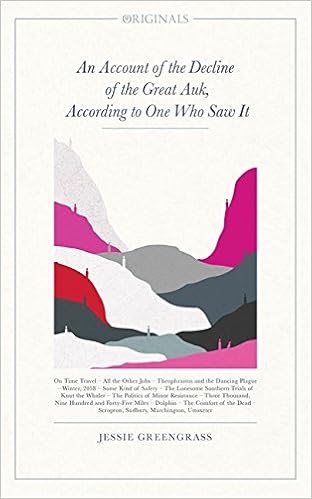
An Account of the Decline of the Great Auk, According to One Who Saw It. By Jessie Greengrass. JM Originals; 192 pages; £10.99
Restraint and a formal writing style, by a philosophy graduate from Cambridge University, give a tone of melancholy to this spectacularly accomplished, chilly debut collection of short stories about thwarted lives and opportunities missed. The strongest are also the most ordinary.
The Story of the Lost Child. By Elena Ferrante. Translated by Ann Goldstein. Europa; 464 pages; $18 and £11.99
This four-volume narrative, with all its operatic overtones, is a tribute to feminism and female friendship in mid-20th-century Naples. Written by a pseudonymous author whose real identity remains unknown and translated by an editor at the New Yorker, it is a wild and unlikely hit on both sides of the Atlantic.
